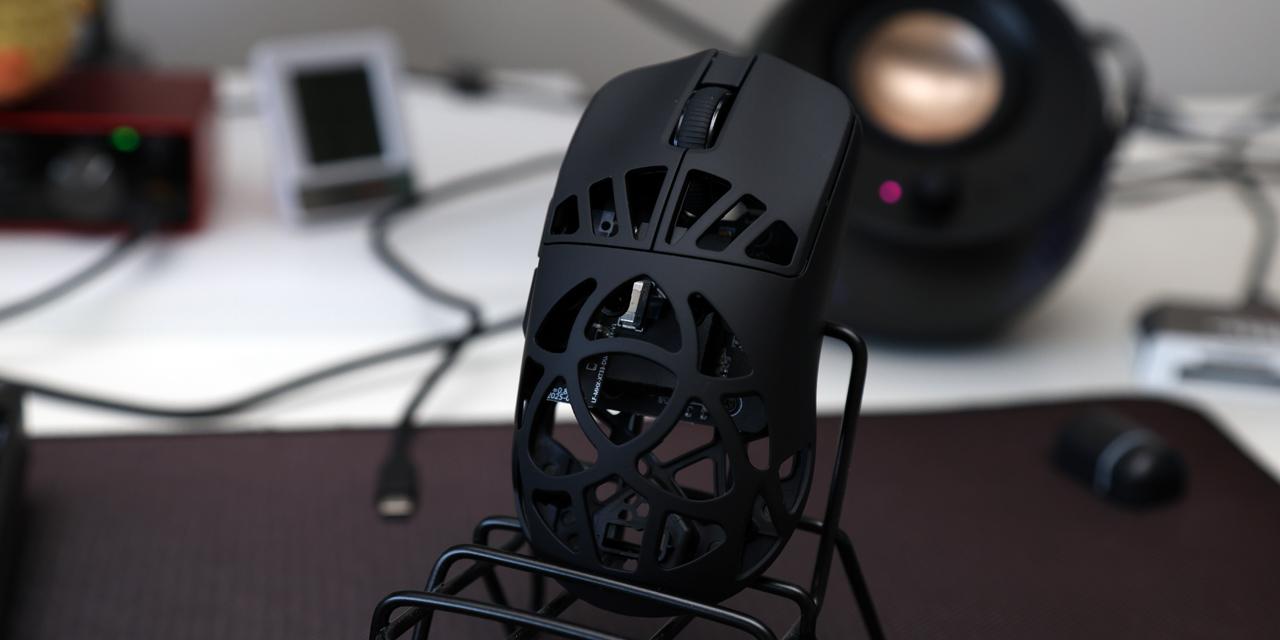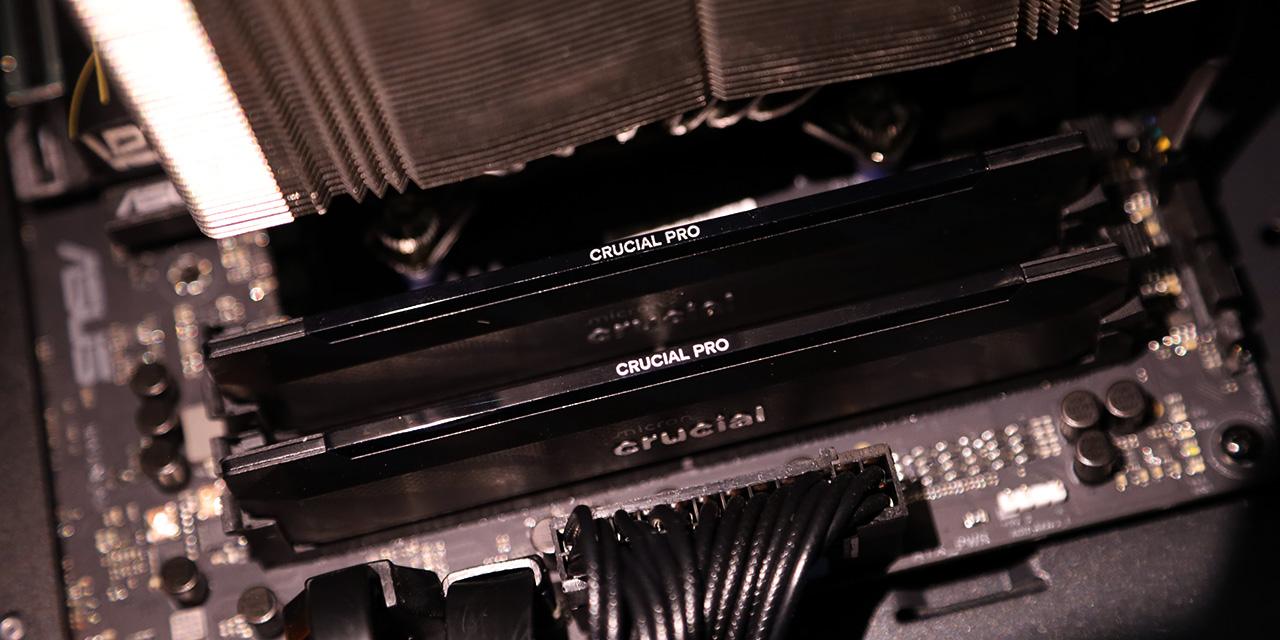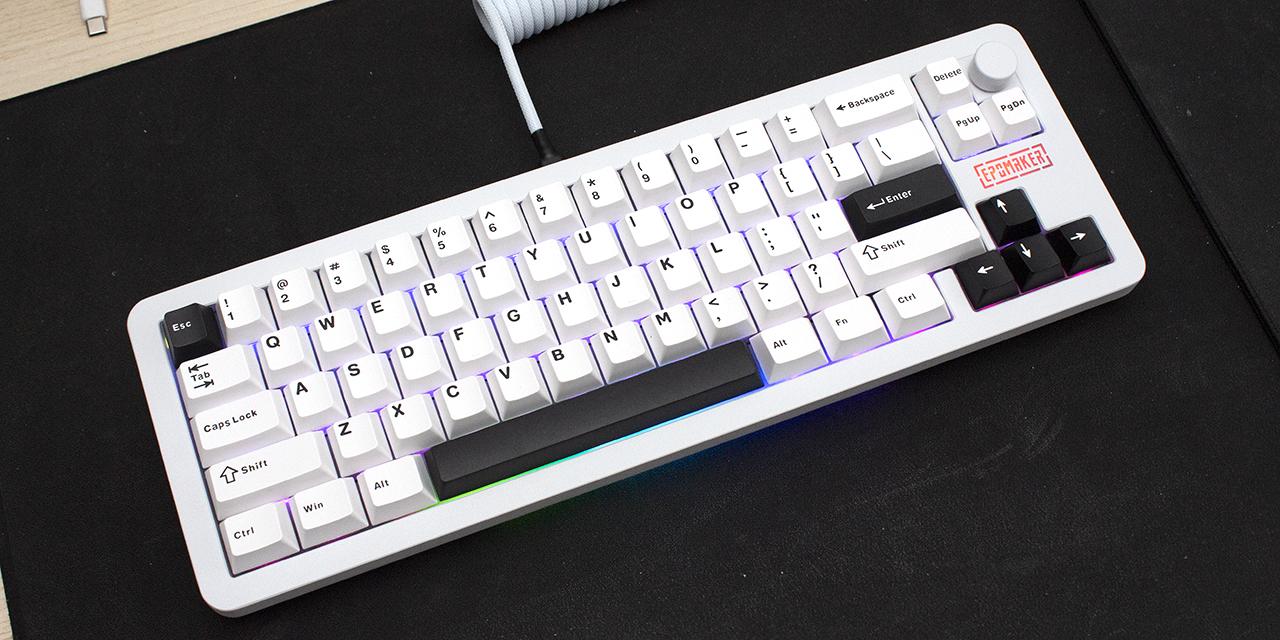|
From X-bit Labs: Advanced Micro Devices on Wednesday introduced its highly-anticipated dual-chip flagship graphics card, the Radeon HD 7990. The company positions its new solutions as the world’s fastest graphics card and claims it is capable of running demanding video games on 4K/ultra-HD resolution (3840*2160) as well as on multiple displays. While the product is relatively late to market, it offers a great deal since it is bundled with eight free AAA video games. “If you crave the ultimate in PC gaming, the clear and commanding choice is the Radeon HD 7990 graphics card. No other graphics card on the market measures up to the unparalleled gaming experience it delivers, and it comes with eight AAA game titles optimized for AMD Radeon award-winning GCN architecture. Once again, AMD shatters the industry benchmark for state-of-the-art graphics technology,” said Matt Skynner, corporate vice president and general manager of graphics business unit at AMD AMD Radeon HD 7990 graphics card (code-named Malta) carries two Tahiti XT (Radeon HD 7970) graphics processing units (GPUs) clocked at 950MHz – 1000MHz and 6GB of GDDR5 memory onboard operating at 6.0GHz (288GB/s per-GPU bandwidth). Thanks to two AMD Tahiti XT graphics chips, the dual-chip graphics solution has 4096 stream processors, 256 texture units, 64 render back ends and so on. The graphics card is equipped with a 48-lane PCIe bridge from PLX that provides whopping 96GB/s inter-GPU bandwidth. The reference design of Radeon HD 7990 features four mDP 1.2 HBR2 display connectors (max resolution 4096*2160 per display, 21.6Gb/s bandwidth quad HD/4K/UHDTV video support) as well as one dual-link DVI connector to support up to five displays at once, something that competing Nvidia's GeForce GTX 690 cannot. The dual-chip graphics board board with triple-fan cooling system, which is claimed to be very efficient and whisper quiet thanks to five heatpipes, massive heatsink and three axial fans. The board has two 8-pin PCIe power connectors, which means that it is power hungry, yet is designed to be overclockable. AMD Radeon HD 7990 emerges about a year after its direct rival, dual-chip GeForce GTX 690, as well as two months after Nvidia Corp. unleashed its single-chip flagship GeForce GTX Titan. Both competing graphics card cost around $1000 and have been available for quite a while to satisfy demands of performance enthusiasts. That said, the market success of the Radeon HD 7990 is something that remains to be closely watched. View: Article @ Source Site |
 |
AMD Unleashes Dual-Chip Radeon HD 7990 for Gaming
© Since 2005 APH Networks Inc. All trademarks mentioned are the property of their respective owners.





